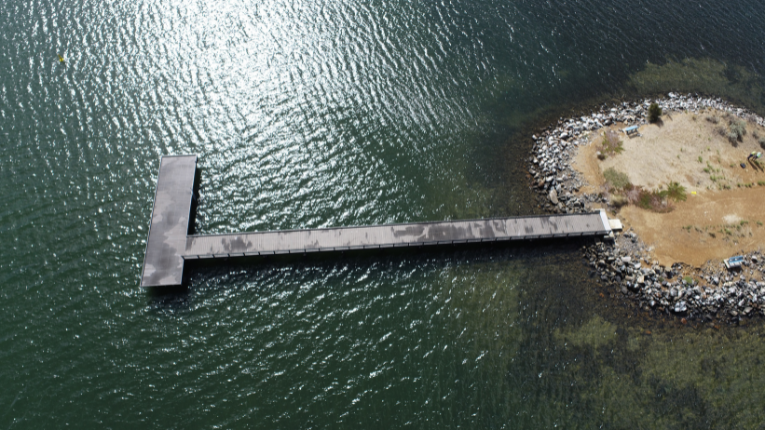The Australind Jetty, located approximately 160km south of Perth in Western Australia, formally known as Laporte’s Boardwalk/Jetty, was named after a former British company, La Porte Industries, and established as part of a titanium extraction plant in Australind in the 1960s.
Extending a kilometre into the Leschenault Estuary, it was originally built for a pipeline which no longer exists and has become popular for walking and fishing as well as being a local tourist attraction.
Following a deterioration in the jetty's condition, the Shire of Harvey and the Department of Water and Environmental Regulation deemed the structure no longer safe for public use, and the difficult decision was made to close it to the public in late January 2021.
Following an assessment in May 2021, extensive remedial works were identified as a requirement before the public can safely access the jetty.


